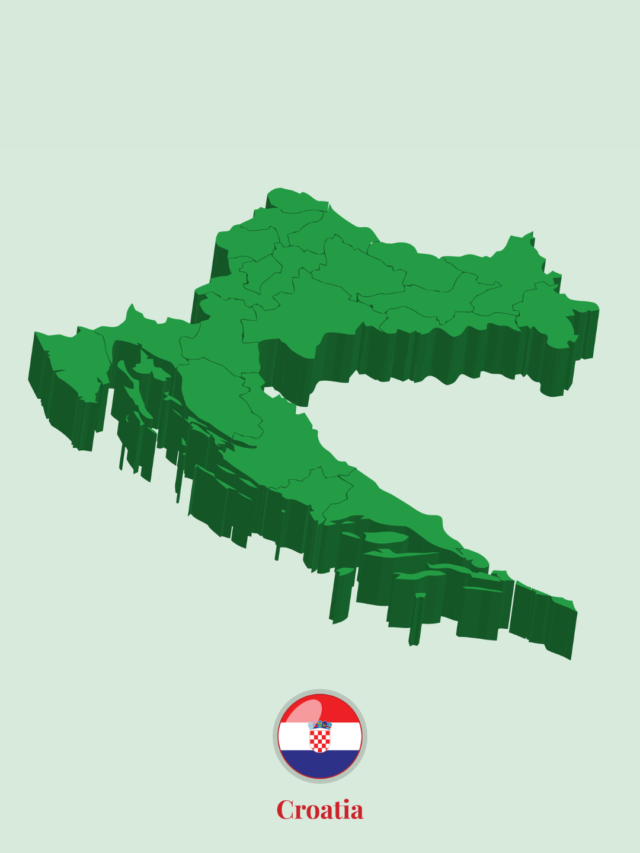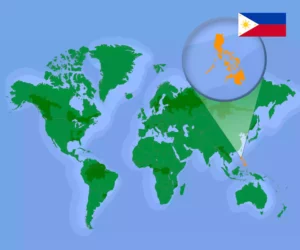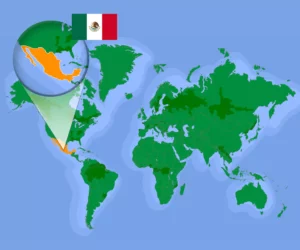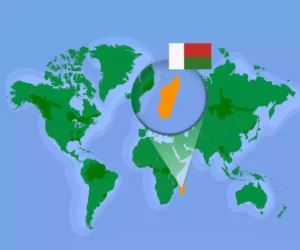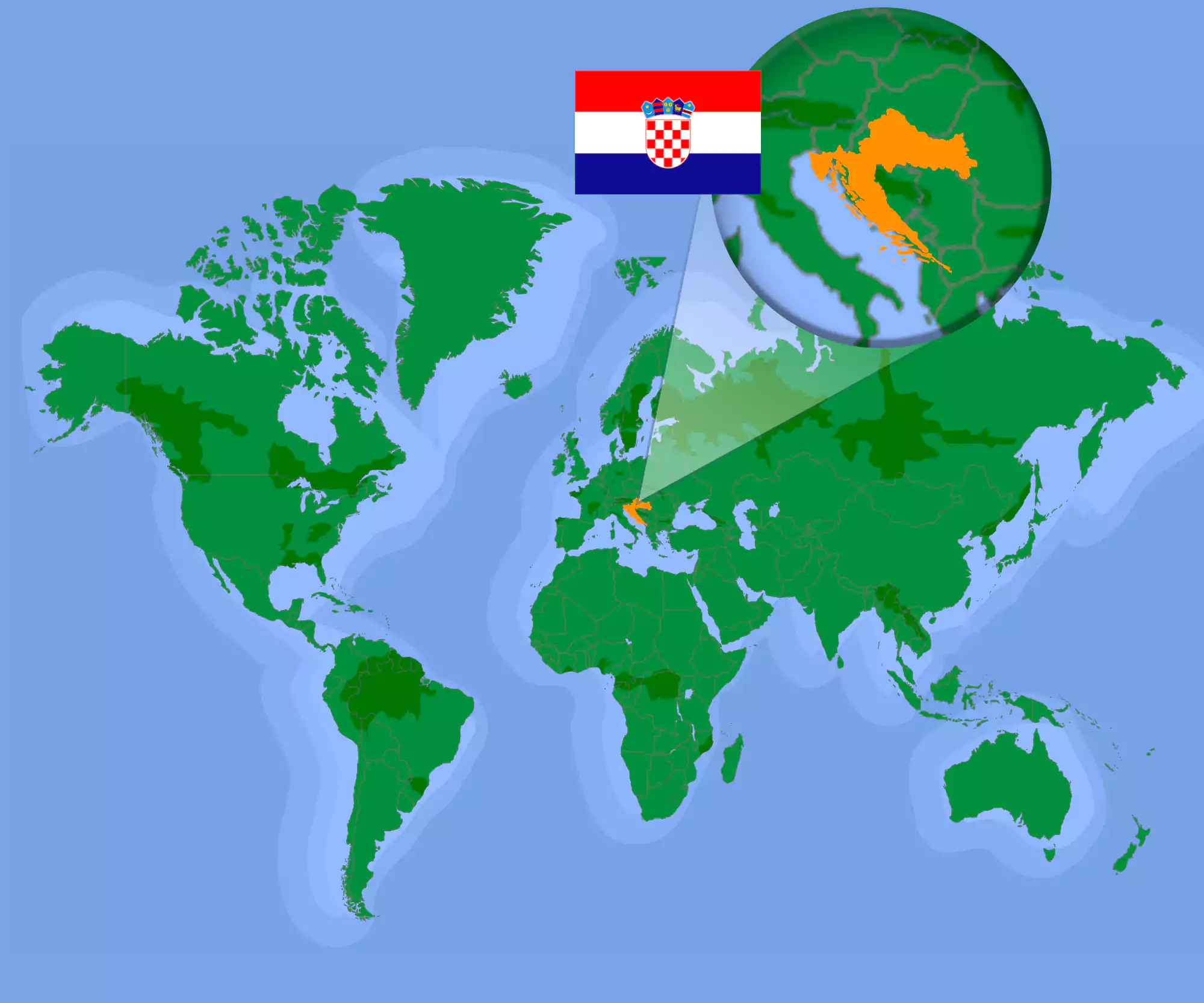
They made it to the FIFA World Cup final in 2018, but do you know much more about them? Croatia is a lovely country with many amusing quirks. Most consider this a relatively easy-going place where people are happy and enjoy the finer aspects of the good life. In fact, it is peaceful to the point at which a feeling of ‘something bad happened here recently, didn’t it?’ seemingly comes about. Let’s explore this country dimension by dimension to see if that is the case.
Croatian history
Many empires came and went, but modern Croatia’s history revolves around Yugoslavia.
Yugoslavia
The First World War created a new power—the Kingdom of Yugoslavia. The intention was to create one kingdom out of all the Slavic peoples. This task, however, was not easy, as the diversity amongst the various peoples that lived in the area made the challenge monumental.
In 1941, the Axis Powers (Italy and Germany) invaded Yugoslavia, putting various shadow governments in place. As a result, a fascist party and terrorist group, the Ustaśe, led Croatia for four long years. During this period, many suffered at their hands but arguably none more so than the Croatian Serb minority.
When 1945 came around, it brought the end of the Second World War and the demolition of the major fascist forces in Europe. Yugoslavia became a federation of six states—Slovenia, Croatia, Bosnia and Herzegovina, Montenegro, Macedonia, and Serbia.
The able leadership of Josep Broz Tito
One of the primary reasons that the idea of Yugoslavia worked at all was Josep Broz Tito. He was the influential first leader of the new Yugoslavia. He pushed ahead with his motto of “brotherhood and unity”, even advocating against nationalism among the six states. Tito held the entire political administration together, and his death in 1980 was the beginning of the end.
Yugoslavia 2.0
The Federal People’s Republic of Yugoslavia, as it came to be known, had problems of its own. The six states didn’t exactly see eye-to-eye concerning policy matters. For instance, the Croats and the Slovenians favoured more autonomy for each state. At the same time, the Serbians wanted more unity for Yugoslavia.
Tensions bubbled until the Slovenians, and the Croats declared independence from Yugoslavia. Slovenia might have had a tiny minority of Serbs, but Croatia’s Serbs were a far larger group. Haunted by the memories of the Ustaśe, they were not about to go gently into that good night. Consequently, the Serbs in Croatia began to stage uprisings in 1990 with support from Yugoslavia. Tito’s principles of brotherhood and unity became forgotten credos as The Yugoslav Wars claimed lives and dreams alike.
The horrors of the war have left the atmosphere in the Balkans charged even today.
The economy of Croatia
Following independence, Slovenia and Croatia became the only two nations in the region to join the European Union. By joining the EU, Croatia’s economy has grown quite well over the last few decades. The country relies on agriculture (primarily maize, grapes, and wheat), pharmaceuticals, biochemicals, and tourism to bolster its economy. Since many scenes of the popular TV series, Game of Thrones were filmed here, tourism has improved.
Their currency, the Kuna, also bears an amusing history behind it. “Kuna” is the Croatian word for “marten” (a species of the weasel). In medieval times, people used to trade marten skins and use them as currency. The subunit of their money is the Lipa, the word for a linden tree. The widespread presence of linden trees around marketplaces is the reason this term came to be.
Inventions from Croatia
The country isn’t just resourceful with its naming culture; it has also unveiled some off-centre innovations. For example, Croatians invented the torpedo (an underwater missile) and the mechanical pencil. Slavoljub Eduard Penkala invented the mechanical pencil, and to this day, the pen is referred to in Croatia as “penkala”.
Another exciting invention that originated amongst the people of Croatia came about in the 17th century. The French were fighting a war and enlisted the services of Croatian mercenaries. These mercenaries wore cloths around their necks that they knotted distinctively to tell each other apart. Soon, this spread to other militaries and eventually found its way into businesses and formal events. I speak, of course, of the neck-tie.
That’s not all. There’s music in the depths of Croatian waters, too. Humans have been singing songs about the sea for centuries, but in Zadar, the sea sings back to us. A pipe organ, built in 2005, is played by the rhythm of the waves. On top of the 35 pipes are stone steps that people can sit on while the sea serenades them.
Natural treasures of Croatia
Croatia has roughly three parts geographically—the plains of the north, the central mountains, and the coastal shores of Istria and Dalmatia (not a coincidence—that is where the dogs are from). The country is known to have some of the most beautiful sunsets in the world. The perfect example is the coast of Dalmatia.
The Plitvice Lakes National Park is another place particularly renowned for its natural beauty. It is littered with lakes and waterfalls as the water weaves its way through forests and trees. Paths and trails for walks are well maintained and make it a significant tourist attraction. Unfortunately, and with tragic irony, this peaceful paradise was one of the targets of the Yugoslav Wars.
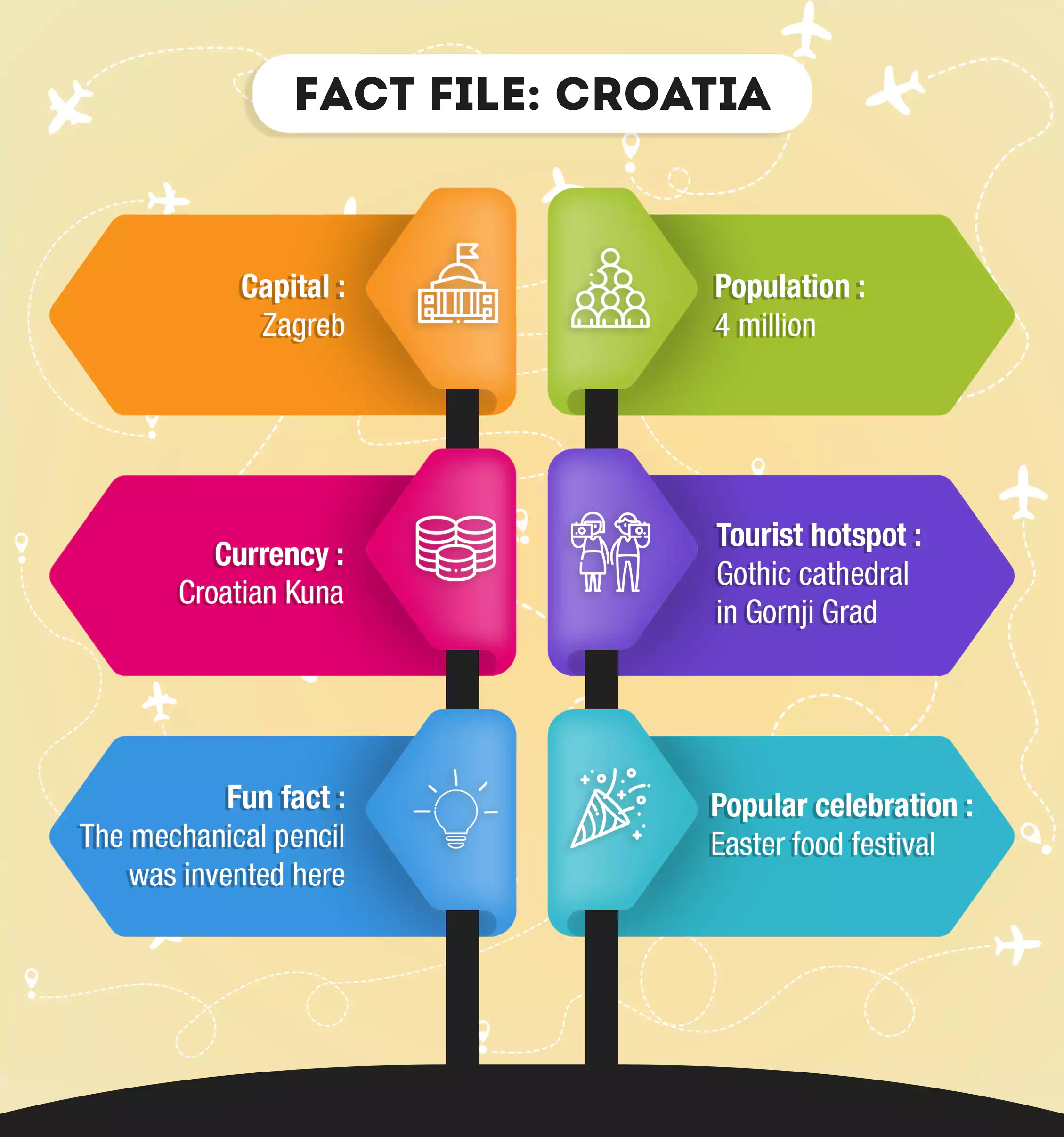
Home to a micro-city
One of the smallest towns in the world is Hum. With a population of roughly 30, this is a truly remarkable town that boasts buildings and defensive walls as old as the 11th century, with nothing having been built outside the walls ever since its beginning.
Croatia’s world records
Croatia has some of the strangest Guinness World Records. These include the largest appendix ever removed, the largest neck-tie ever made and the farthest distance that a car has been pushed in 24 hours by an individual. It is definitely something that makes you want to look twice.
The Museum of Broken Relationships
Croatia’s capital, Zagreb, has a museum dedicated to relationships that did not work. This museum—filled with trinkets and mementoes that people have sent in, along with short explanations about them—attracts thousands of visitors each year. They even have an official website.
Two artists who broke up after having been together for four years started this museum. They joked about setting up an exhibition out of everything they had collected together and, after some thought, decided to do it. In 2010, they had their first exhibition after collecting things from various people. Eight years and over 50 exhibitions later, they set up a permanent museum in Zagreb.
A whimsical corner of the world
Croatia is a lovely country that has so much going on. From the urban to the rural, with history, art, music, and quirky ideas, the Croatians are people who have seen pain and are now choosing a gentler life. However, they are not a powerhouse on the global stage, and they don’t storm onto the front pages of newspapers worldwide. Instead, they do their own thing while occasionally pausing to listen to the sea sing.
